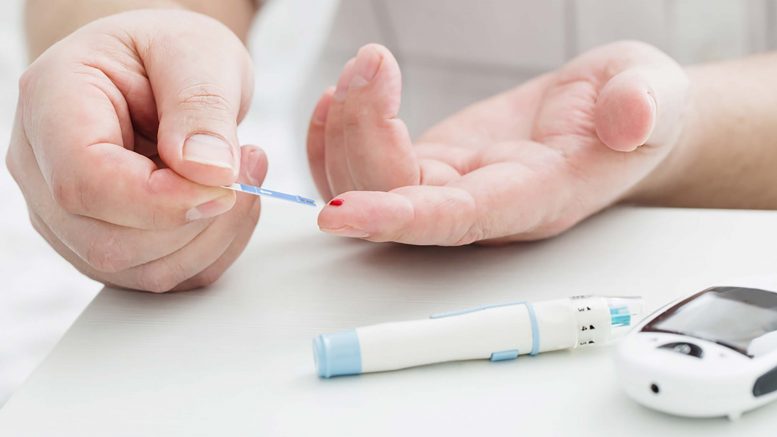To coincide with World Diabetes Day we bring you an insightful article from Alison Haughton, that discusses the role of digital technologies in creating new care modalities for diabetes management.
Globally, health systems are facing a triple threat: increasing demands on clinical resources; decreased government spending on healthcare; and a movement toward value-based care. The Darwinian petri dish of economic health policy change will be perceived by some health systems as formidable challenges, but others will embrace these economic health policy shifts as opportunities for reinvention and innovation. In short, those who embrace change, will thrive.
Diabetes is a leading cause of death globally and the prevalence of diabetes is not slowing. The World Health Organisation (WHO) estimates that 422 million individuals are living with diabetes, and globally, 1.6 million premature deaths are caused by diabetic complications (e.g., stroke, blindness, heart attack, and kidney failure) and an additional 2.2 million deaths are attributed to high blood glucose. While these diabetes statistics are daunting, there is an opportunity to create meaningful and impactful change with new technologies.
A recent GSMA Intelligence report estimates that 5.1 billion people worldwide have a mobile connection and about 73% (3.7 billion people) of those connected individuals are in developing markets. There is no one-size-fits-all panacea for reducing the number of individuals with diabetes. However, an increase in mobile utilisation opens up endless possibilities for creating integrated care delivery models that can reduce the per capita cost of healthcare, improve population health and the patient experience, and drive better clinical outcomes.
Diabetes is preventable and early diagnosis with intervention is essential if diabetics are to live long, healthy lives. With 1 in 11 adults having diabetes, digital cloud-based technologies—that are rooted in machine learning and artificial intelligence—can be used to leverage existing data assets to maximise clinical resources and bridge care delivery gaps. Digital solutions that support an automated, context driven data approach will reduce operational and clinical errors, and improve the patient journey, i.e., engagement, utilisation, and clinical outcomes.
Seamless, secure digital technologies have opened up numerous opportunities to use near-real time, integrated actionable data to improve care coordination and drive patient engagement. Digital solutions that are scalable, interoperable, and secure are no longer the stuff of “what-ifs.”
The International Diabetes Federation’s (IDF) Diabetes Atlas estimates that globally 542,000 children have type 1 diabetes, and in the United States, 85% of Type 1 diabetics are not achieving their blood glucose target, so a well-designed app can have a significant impact on the long-term health of both children and adults living with diabetes. The prevalence and popularity of context-driven digital touchpoints has made it easier to create and launch secure apps that efficiently reach Type 1 diabetics.
Using an integrated digital platform, many health systems are taking new, innovative approaches, such as delivering a gamified approach to high-quality diabetes self-management education (DSME). Using a secure app on their phone, a Type 1 diabetic can securely track their progress by engaging in bi-weekly surveys that are shared between the patient and providers, or simply monitor their daily well-being.
With healthcare organisations facing pressures to transform, digital platforms that augment historical and real-time data into a cohesive UI experience that drives an automated, contextual approach to patient engagement can reduce operational and clinical costs, while delivering a robust digital patient experience. Health systems that leverage their existing data assets on cloud-based AI platforms can use a data-driven approach to personalise diabetic treatment programs based on a patient’s readiness to adopt to behavior modification, e.g., exercise, medication adherence, and nutritional advice, etc.
Agnostic, secure, cloud-based solutions and platforms that are designed to easily integrate with existing communication devices across multiple digital channels—such as iOS, Android, and the web—can foster a holistic approach to care coordination. These solutions can remove integration and security concerns, enabling providers to accelerate their digital patient journey across all digital channels and platforms with interactive, integrated content-driven apps. Providers can focus on the healthcare needs of their patients, which will not only improve the patient experience, but improve patient outcomes.
For many health systems, the evolution of mHealth is very akin to the Rolling Stones adage: “You can’t always get what you want… but if you try sometimes you find… you get what you need.” There is no one-size-fits-all approach to digital transformation, but through debate and proactively pushing for new use cases, health systems have begun to see that implementing digital solutions is a catalyst for improving care coordination, lowering cost, and driving better patient outcomes!
About the author
Alison Haughton serves as Senior Product Marketing Manager, Healthcare at Progress. Ms. Haughton focuses on health IT, population health management, and digital care transformation. Alison has 18 years of healthcare experience in health IT product marketing and development. She holds an M.A./M.S. from Tufts University School of Medicine-Emerson College, MPH coursework from Boston University School of Medicine, and a B.A. from American University.

